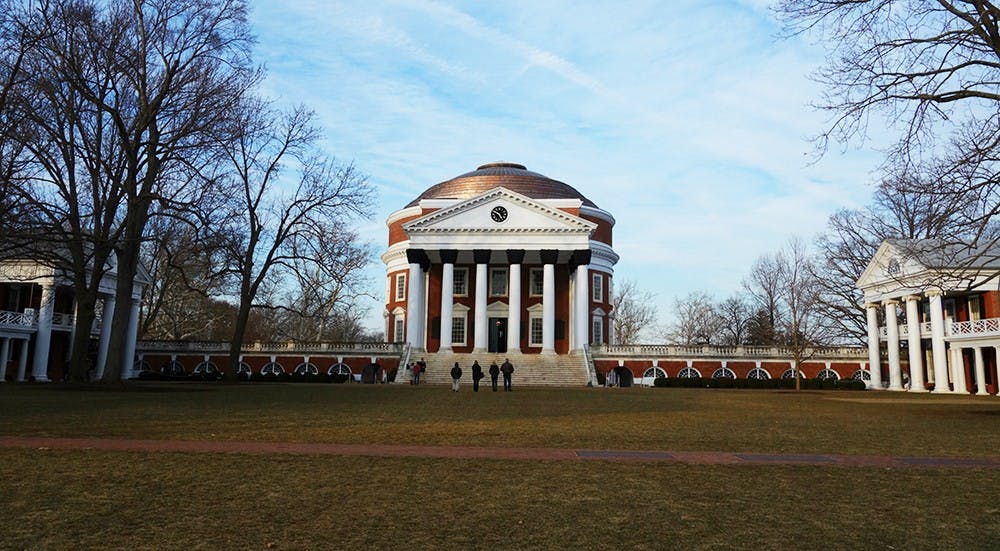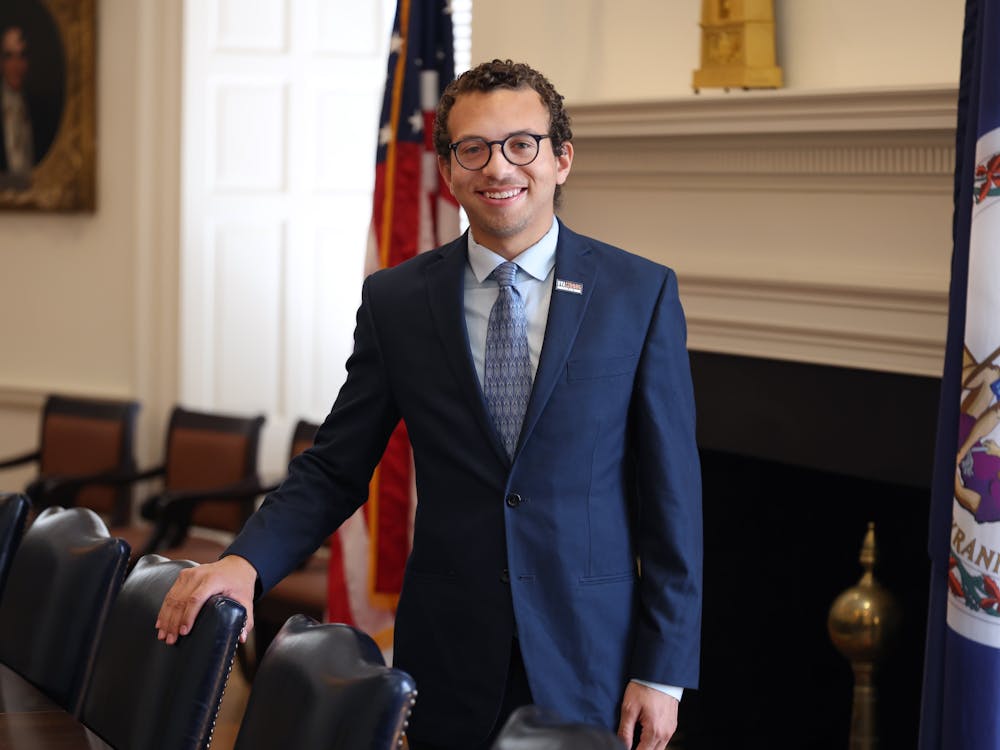The Board of Visitors Finance Committee approved tuition increases for the 2016-17 academic year at their Feb. 19 meeting.
The increase in tuition for each student ranges from 2.1 percent to 3.0 percent.
These increases are part of a multi-year financial plan, which includes the reduction of student need-based loan expenditure, instituted by the Board of Visitors in 2015, according to University spokesperson Anthony de Bruyn.
“The plan provides sustainable financing to maintain U.Va.’s academic excellence in the years ahead, while also ensuring that any student with the academic qualifications is welcomed at U.Va. — regardless of ability to pay,” de Bruyn said in an email statement.
The multi-year plan also established a program which guaranteed a four-year tuition rate for eligible families, providing an ability to avoid tuition fluctuations.
The program is now in its second year and has seen approximately 170 students enrolled to date, de Bruyn said.
De Bruyn also said there was a collaborative effort between administrators and students which went into the plan for tuition increases, including two student committees of undergraduate and graduate students from multiple schools.
“The committees met with University administrators to review the proposals for both tuition and fees increases and offer feedback on the recommendations,” de Bruyn said.
In comparison to other colleges and universities in Virginia, the University ranks third in public in-state tuition and fee rates, de Bruyn said.
“The University meets 100 percent of demonstrated need for all students through a combination of scholarships, grants, loans and work-study jobs,” de Bruyn said. “U.Va. also continues to offer admission without consideration of financial need.”
De Bruyn said tuition rates are tied to state funding and could be subject to change. If the University received more state money from the Virginia General Assembly than assumed in the multi-year financial plan, in-state undergraduate tuition “would be revised downward accordingly.”
Patrick D. Hogan, executive vice president and chief operating officer, said the tuition increases are historically low.
“The approved rates are among the lowest increases in tuition at the University of Virginia in recent history,” Hogan said in an email statement. “This accomplishment enhances the tremendous value of a U.Va. education and reflects careful stewardship of limited resources in support of access, affordability and sustainable finances.”
United for Undergraduate Socioeconomic Diversity — a CIO which “focuses on issues of access, advocacy, awareness, and support” for students, according to its Facebook page — said in an email statement that tuition increases are always concerning.
“We strive for education to be affordable and accessible for all people regardless of economic status,” the group said. “We appreciate what the Board of Visitors has done to increase accessibility for students with lower socioeconomic status, however, it is regrettable that there was still a need for an increase in tuition for all other students.”
First-year College student Jack Cole said he believes the increased tuition can be solved at a national level.
“I think the federal government needs to institute more requirements for students loans, and that might stop the constant increased tuition,” Cole said.
First-year College student Jacob Katz said he favors keeping a fixed tuition rate over a student’s four years at the University, instead of increasing tuition rates from year to year.
“My only issue with it is that as a high school student you commit to a four-year contract at U.Va. without knowing the tuition will continually increase,” Katz said. “I think increased tuition should only apply to incoming students and remain the same through college.”







